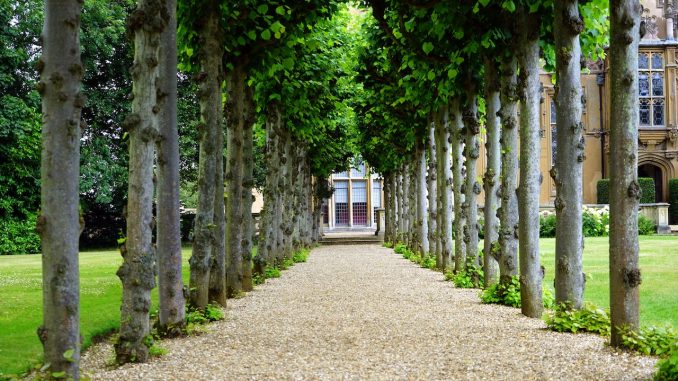
Designing landscape architecture is one of the most challenging aspects of the field. You get to use and adapt existing resources to your living environment. When done right, the lot can last long beyond generations. Design can improve a person’s living conditions and quality of life. As a result, your home becomes a great enclave to live in.
Why do you need to improve landscape architecture? This approach uses natural resources without damaging the environment. You get to study how your lot works, and the architect can plan a way to refine the design. With expert help, it can enhance the place you call home. Here are the five ways you can improve your landscape design.
Know Your Lot Size
The lot size determines what goes into the design. If you hire an architectural firm Philippines, they can measure the ideal features of the landscape. These include the topography, soil type, and regional climate. For example, one area is for the most sun and shade exposure. On the other hand, some parts of the lot can further break down into microclimates depending on the time of day. With the right patterns, the landscape can distribute the water drainage naturally. Keep in mind that the topography also plays a role in your lot. The water movement should go away from your house based on the landscape design.
Structure Your Plantings
Consider the type of plants you want to include in your landscape. Check the area above, below, and on the surface. Think of how far apart the plants should be from each other. You can repeat basic shapes and forms for harmony, depending on how big it is. Some possible plant shapes are Round, Weeping, Spike, and Spreading. Remember that these plants serve a purpose and should adapt to the environment.
Think Long-Term
Landscaping is a long-term practice. You research, measure, and check the possibilities in what the place encounters. Thinking long-term for your lot is a good way to adapt to any situation. The architect can include design features that help mitigate problems in the lot. For example, there can be one spot where a tree gets planted. Once it grows to the ideal height, it will provide enough shade for the lot. As a result, your home becomes cooler to live in.
Choose Your Ideal Resources
Resources are an essential part of landscaping. Depending on your lot, you have many options available, but it can change how your place adapts. The resources should protect and preserve the resources for sustainable living. Water management and resource-efficient plants can change how natural resources come and go.
If you plan to change your resources, think carefully about doing it. For example, you can include a rainwater harvesting system so you have a source of water. You can also have plants that require fewer pesticides and fertilizers to save on costs. How you use these resources will determine the outcome of the design.
Repeat Key Elements
The key elements of landscape architecture give continuity throughout. It can be the main pathway, gate, pond, grass, or granite. These elements can be the defining feature once you arrive at your home. Determining the key elements can be difficult, but it ties the design together and gives a sense of identity. As a result, your eyes will move according to the placement of the elements in place.
Wrapping Up
Landscape architecture is the application of natural resources and adaptation in long-term design. To improve your lot, you should know the size, resources, and plantings you use. Thinking long-term is an important factor so your home can still stand after many changes. If you have your key elements in place, it helps guide you where to look, and it gives harmony. Ultimately, it improves your quality of life while preserving the environment.







